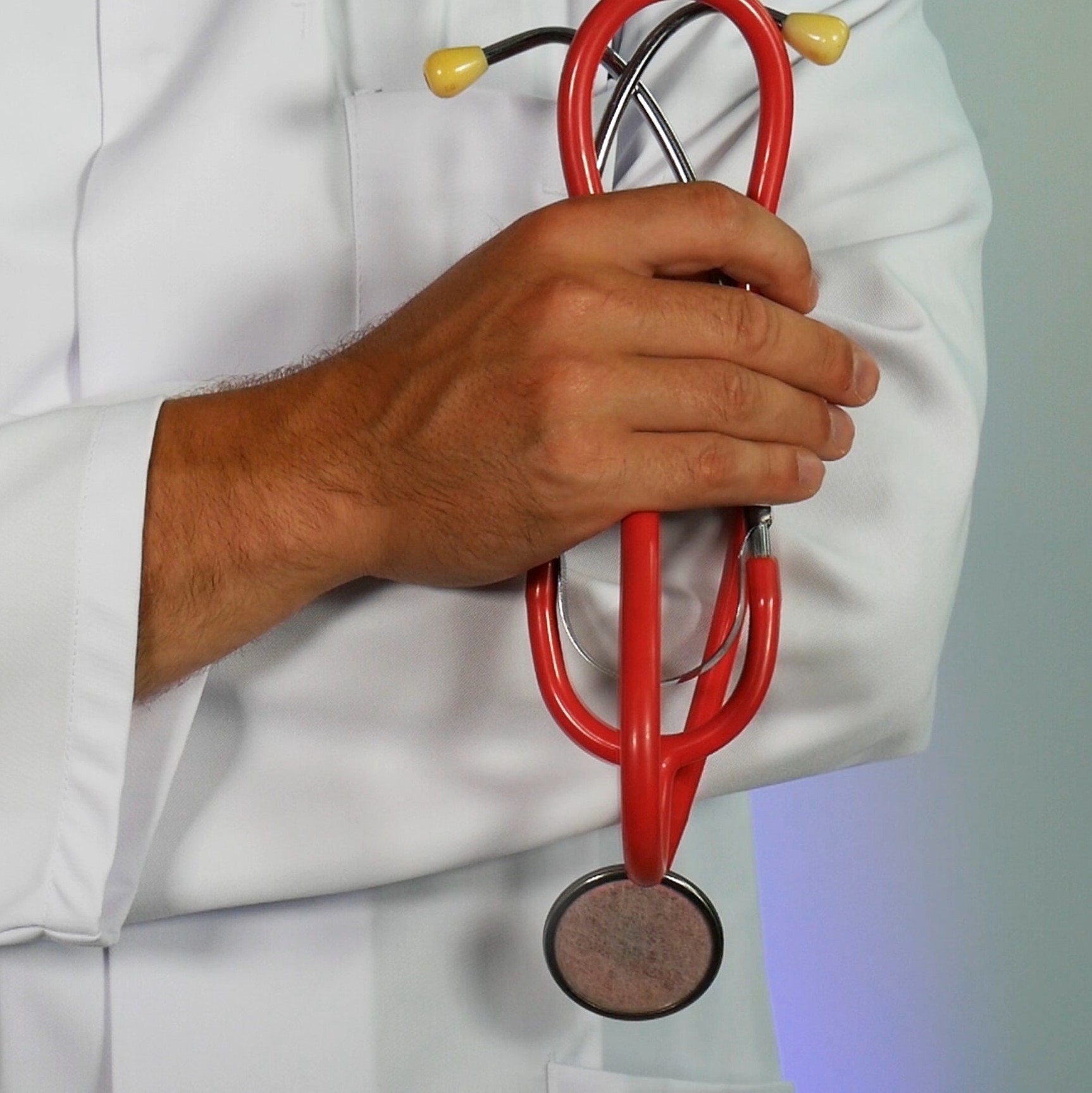
The latest SARS-CoV-2 strain is a variant of concern for the whole world. This strain, known as Omicron, is highly contagious and has spread rapidly among humans. The incubation period of Omicron is shorter than that of the earlier variants. It was first reported in November 2021. It has since been recognised as a severe disease that affects both vaccinated and unvaccinated people. Many countries, like China, have seen a drastic increase in the number of COVID-19 cases. The initial symptoms include body aches, a common cold, loss of taste, etc. However, the symptoms may worsen depending on the health condition of the infected person.
Unlike the earlier variants, Omicron gave rise to several subvariants. These include:
The subvariants did not appear all at once but one after another, or one might say that they appeared in different seasons of the same year. To understand how important Omicron’s qualities are, it’s important to look at all of the things that make it special.
Research on the Omicron incubation period is underway; however, it is known that it has a shorter incubation period than that of earlier variants. The incubation period is the length of time between the initial exposure and the emergence of the symptoms of the disease. One of the most crucial empirical characteristics of infectious diseases is their incubation period.
Careful estimates show that an infected person starts showing symptoms within three days of the initial contraction of the disease. The vaccination status of a person plays an important role in the appearance of symptoms. Similarly, age and health conditions are also major considerations.
“There is no hard-and-fast rule here,” says Dr. Anita Gupta, a critical care physician and an anaesthesiologist at Johns Hopkins University School of Medicine. This means that because healthy people have a strong immune system, it can take days for them to show signs of infection, while vulnerable people show signs of infection quickly.
Omicron is an extremely transmissible variant. The virus load is high two days before the onset of symptoms and remains effective for almost 48 hours after the development of common symptoms in most COVID-19 cases. Since the incubation period of Omicron is 3 days, an infected person can be contagious for 5 days starting from the day of positive COVID testing. You can end the isolation if there are no symptoms after 5 days. To be on the safe side, you should perform a lateral flow test at home if the symptoms start improving or if there are no symptoms at all.
How long the virus remains contagious depends on the immune systems of infected individuals. Similarly, the isolation period will differ from person to person. If the symptoms persist after 5 days, it is mandatory for you to follow the recommended guidelines. People who develop a serious illness or are vulnerable may need to be isolated for 10 days.
The SARS-CoV-2 virus is continually evolving. Each new strain possesses distinct features and proves to be more dangerous than the earlier variants. Initially, the virus was uncontrollable due to the unpreparedness of mankind, but as humans prepared themselves to fight this deadly virus through COVID-19 vaccines and other precautionary measures, the virus also became resistant to safety measures. Hence, the contemporary dominant strain, Omicron, is the cause of more COVID-19 cases and the resulting deaths than the highly transmissible Delta variant, when the surge periods of the two viruses were compared.
Additionally, the subvariants of Omicron are extremely infectious due to the shorter Omicron incubation period. Another possible reason is that Omicron has about 30 mutations. Many of these mutations are thought to make it more likely that a person will get sick because they are on the spike protein, which is the part of the pathogen that binds to human cells.
Using personal protective equipment can decrease the chances of disease as it prevents direct exposure to the virus. You can now purchase the appropriate PPE online as well.
Although there are self-test kits and all other medical advice present to guide people, particularly infected individuals, about Omicron, it is important to see your doctor in the following cases:
Remember that you should always call the hospital prior to the visit and inform them about your condition. Do not forget to wear a mask throughout the day whenever you leave home. You should also avoid public transportation and contact with other people.
The dominant strain of COVID-19, Omicron, is likely to affect both vaccinated and unvaccinated people. It is a highly contagious form of SARS-CoV-2 and continues to be a cause of great concern for researchers, especially because of its subvariants. With the same initial respiratory symptoms as earlier variants, it has resulted in far greater deaths and hospitalisations than those of its predecessors. Nevertheless, you can always minimise the chances of disease by taking precautionary measures and consulting your doctor when necessary. Leave your house with a mask, sanitise hands and frequently used accessories, and maintain the recommended distance from an infected person for protecting yourself and your loved ones.
Emir Limam – E11 Group B.V. Netherlands – Fraudster
24 May 2023When to Take a Test After Covid Exposure?
30 January 2023A Rapid Antigen Test vs a Lateral Flow Test for Covid-19
30 January 2023